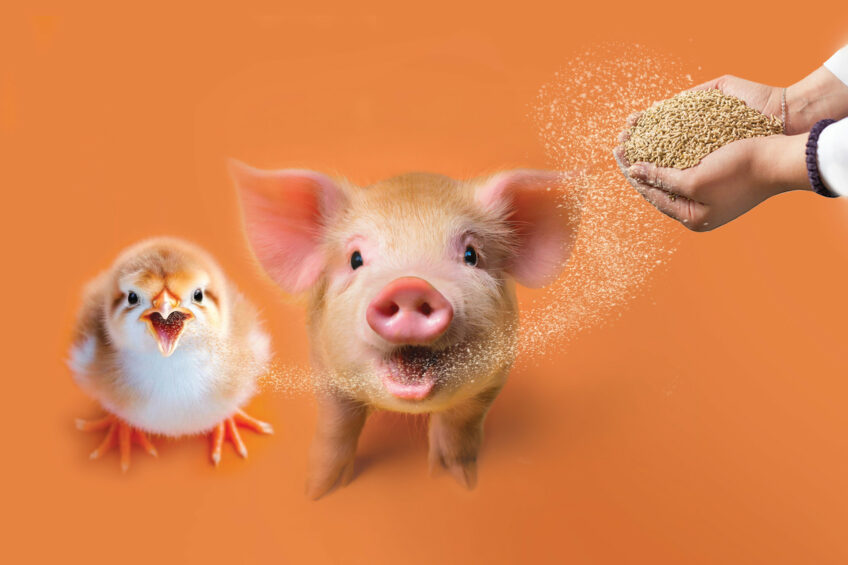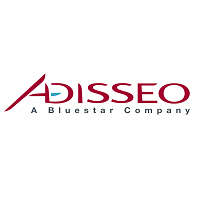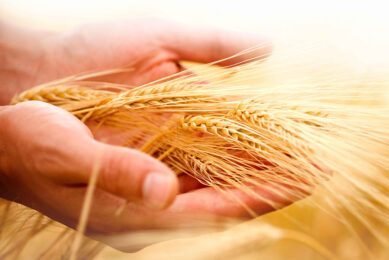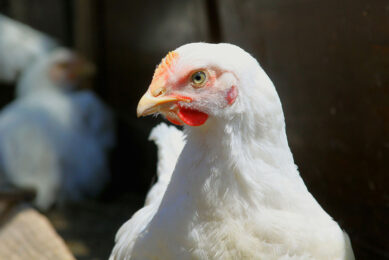Activating the hidden potential of animal diets

Maximising the utilisation of all raw materials and nutrients is what we aim for, but various losses occur throughout the process. The implementation of a new 3-step strategy makes it possible to extract the feed’s hidden potential, leading to enhanced efficiency and improved animal performance.
Today’s high-performing animals need precision livestock farming practices for cost-effective production. However, this can be challenging, because the quality, nutritional profile and digestibility of raw materials can vary significantly, affecting factors such as feed intake levels and health status. Additionally, certain feed ingredients are expensive and contribute to a higher carbon impact of the overall diet, making them less favourable for nutritionists or/and farmers. All of these factors can result in feed losses and a decrease in feed efficiency (Figure 1).
Figure 1 – Feed efficiency is scrutinized in different ways.

Various tools are available to address these challenges and achieve optimisation, such as feed sample analysis, precision diet formulation and the use of specific feed additives to enhance digestibility. Each of these factors plays a critical role. Yet, the circumstances are always different, depending on the feed ingredients available, feed management, farm objectives and more. Therefore, a tailored made, holistic approach to feed efficiency is required.
3-step approach
Adisseo has consolidated its extensive expertise for feed efficiency optimisation in a new approach, designed to deliver tailor-made, enhanced results. This 3-step programme focuses on monitoring, managing and maximising, with each step contributing to the optimisation of feed costs and diets. By following this approach, efficiency and profitability can be improved at all levels.
Step 1: Monitor
High-quality diets begin with knowing the accurate nutritional values of the ingredients you are using. Nutrient specifications and feeding programmes must align with the expected animal performance in practice, which is where feed analysis plays a crucial role. Precision feeding relies on precise nutritional values, and improper or neglected sampling of raw materials leads to inaccurate data. This can have serious repercussions on animal performance and health due to overfeeding or underfeeding of specific nutrients. Feed analysis is therefore critical, perhaps now more than ever, given the current disruptions in raw materials logistics and supply chains. These challenges may force nutritionists to source feed ingredients from different regions or opt for alternative ingredients such as by-products, where there tends to be greater variability in quality. Additionally, feed analysis is essential to determine the true energy values of the diet and detect undesirable substances, such as mycotoxins, ensuring the production of safe, balanced diets for livestock.
Example for better monitoring:
- Using the insights from the Feed Digestibility Check, a new tool which is available for poultry formulation in the PNE (NIR) platform of Adisseo.
- Using the MycoMan, a new all-in-one digital platform to manage mycotoxin contamination in raw materials based on species (poultry, pigs and ruminants) and the physiological stage.
Step 2: Manage
Having precise information on the nutritional values of the available feed ingredients is fundamental for formulating diets tailored to specific farm goals and challenges. Analytical results from feed analysis must be accurately translated into usable nutritional values, ready for integration into feed formulation software. From there, it is up to the expertise of the formulator to optimise the diet, using the available nutrients. The focus of diet formulation may vary: Is the priority on reducing the carbon footprint of the feed and end products, or is maximising margin over feed costs the primary objective? These factors directly impact formulation strategies, particularly in relation to nutrient density and feed additive balance. For example, reducing the crude protein level in the diet may cut feed costs or improve sustainability, but it requires specialised knowledge and expertise to avoid compromising performance and to maximise animal health. This might call for the addition of free amino acids (AA) such as methionine, and the use of ileal digestibility values for AA instead of relying solely on crude protein levels.
Example for better management: The use of the Net Energy system in poultry and pig diets, which allows nutritionists to more closely match the nutritional needs of the animals.
Step 3: Maximise
Maximising feed efficiency is closely linked to maintaining good animal health. When an animal is in optimal condition, its ability to digest and utilise nutrients effectively is enhanced. Gut health plays a particularly critical role in overall animal health and well-being. Even when animals are healthy, optimising digestive capacity remains essential. This is because many cereals used as feed ingredients contain indigestible fractions of fibres which reduce feed digestibility. Breaking down these components requires using the Rovabio range, Adisseo’s specific blend of enzymes, which is added to the feed. This approach not only conserves valuable nutrients but also minimises both economic and environmental impacts. Additionally, fat digestion is not always optimal and can be improved using FRA leciMax emulsifier. To maximise overall feed efficiency, optimising feed intake levels is also crucial. Feed intake can be negatively impacted by several factors, including the presence of mycotoxins, poor feed quality, lack of adaptation time when switching to new diets, taste aversion, stress (such as heat stress), and the physical form of the feed. Addressing these issues ensures that animals consume sufficient feed to support optimal growth and performance.
Example for maximising results: Applying the Feedase approach, based on a global enzyme solution to target the indigestible fraction of feed and improve the digestibility of all nutrients.
Conclusion
The process of transforming raw materials into complete feed or rations involves several critical decision points. With the increasing volatility in prices, margins and raw material variability, coupled with the growing demand for sustainable feed ingredients, these decisions have become more complex. The formulated diet must perform as expected, both in terms of outcomes and predictions, and this requires a focus on minimising nutrient losses and effectively managing risks. Adisseo now offers a comprehensive and innovative approach designed to address these challenges. This three-step strategy focuses on managing feed quality, monitoring and balancing nutrients, and maximising the potential of diet formulation. Built on Adisseo’s extensive expertise in feed analysis and formulation and supported by its full portfolio of products and tools, this approach leads to improved feed efficiency and nutrient utilisation. In turn, this positively influences animal performance, enhances flexibility in feed formulation, improves nutrient retention, and enables the reduction of certain costly ingredients in the diet.






